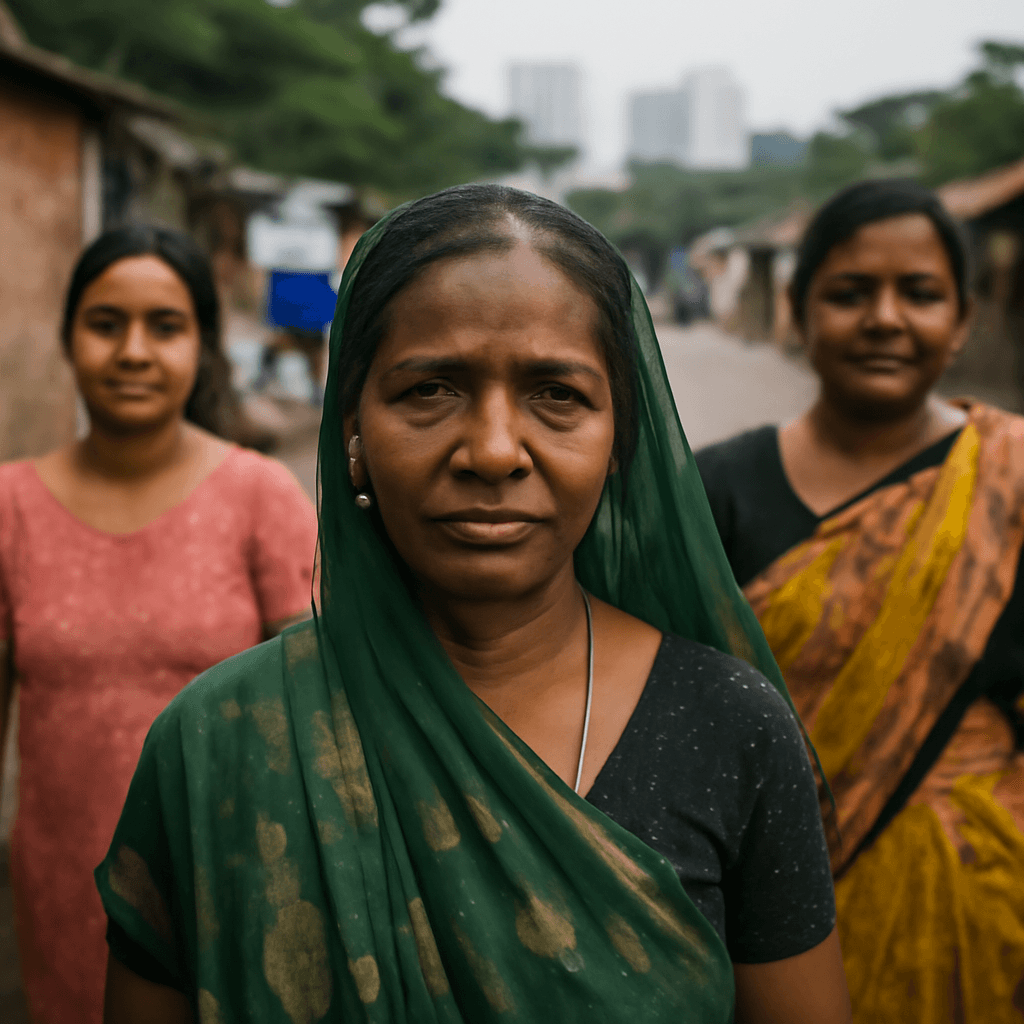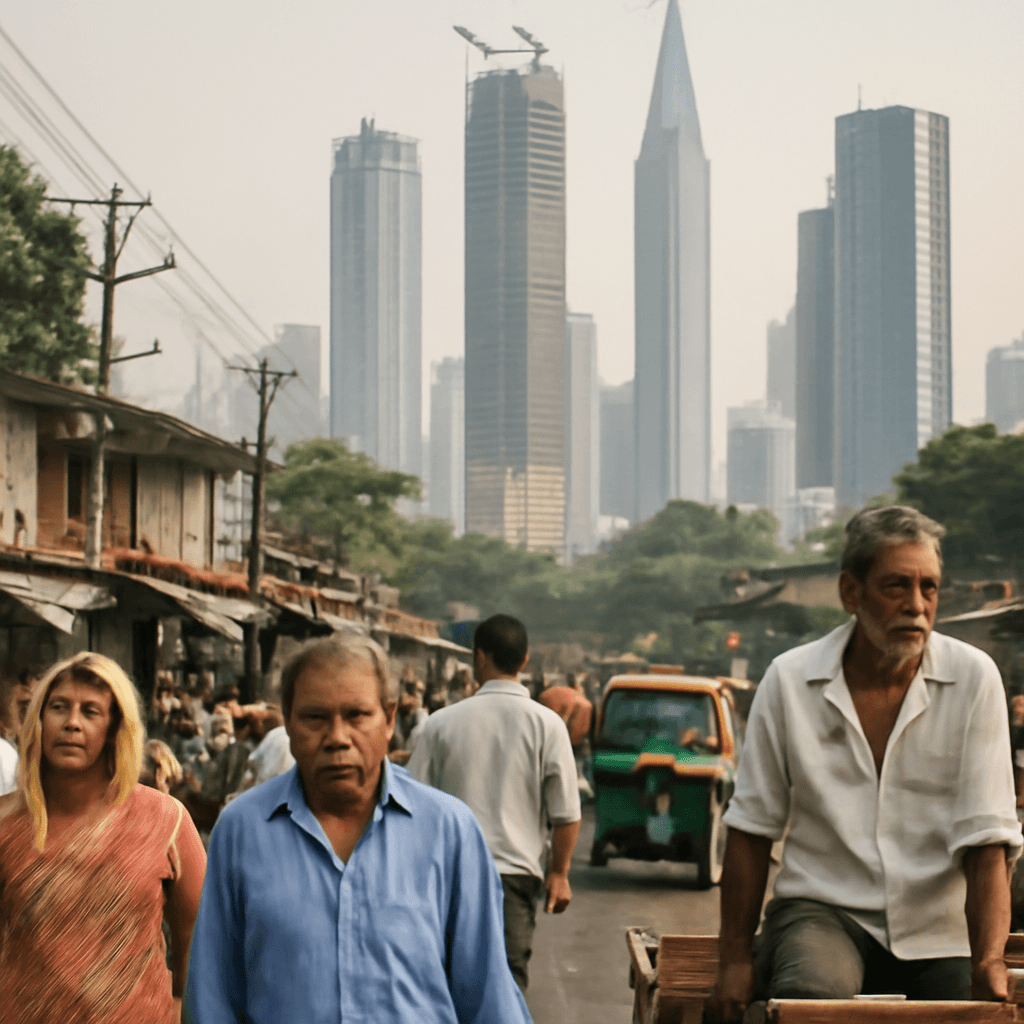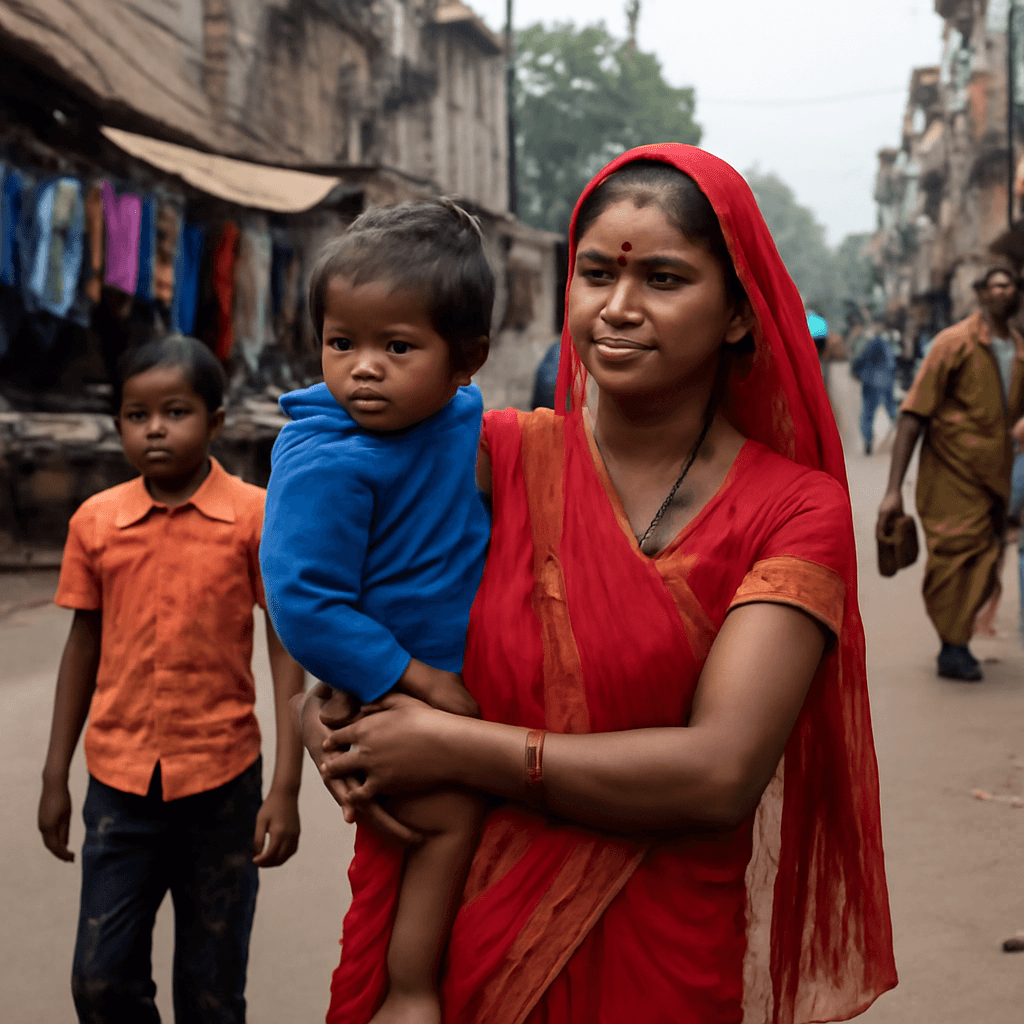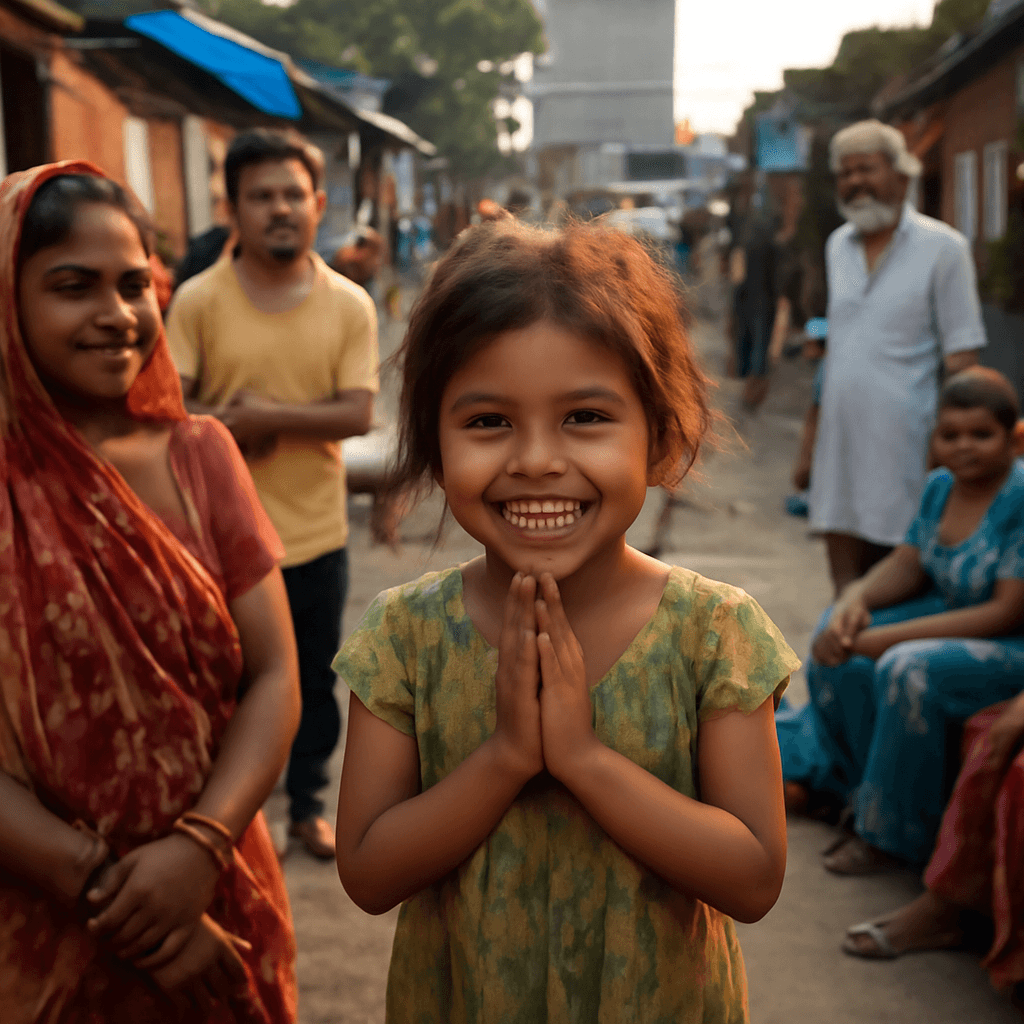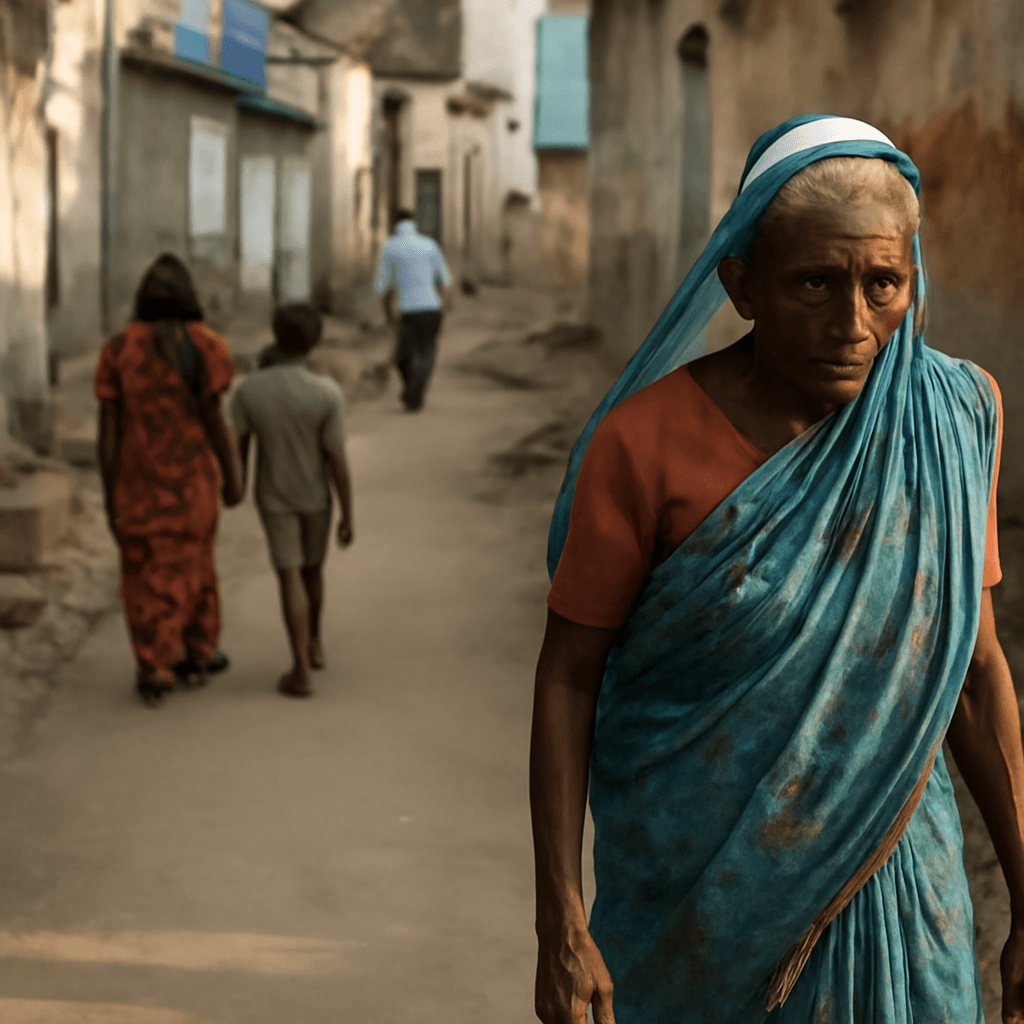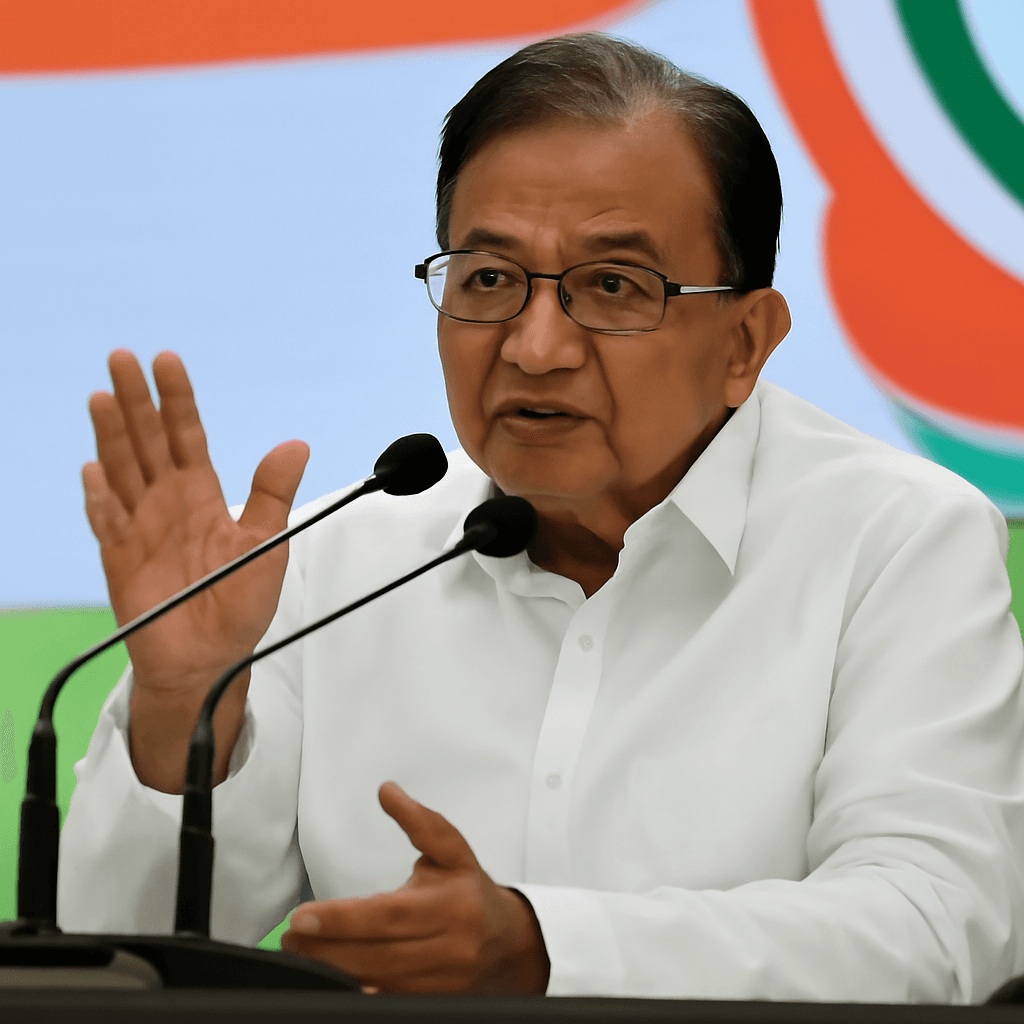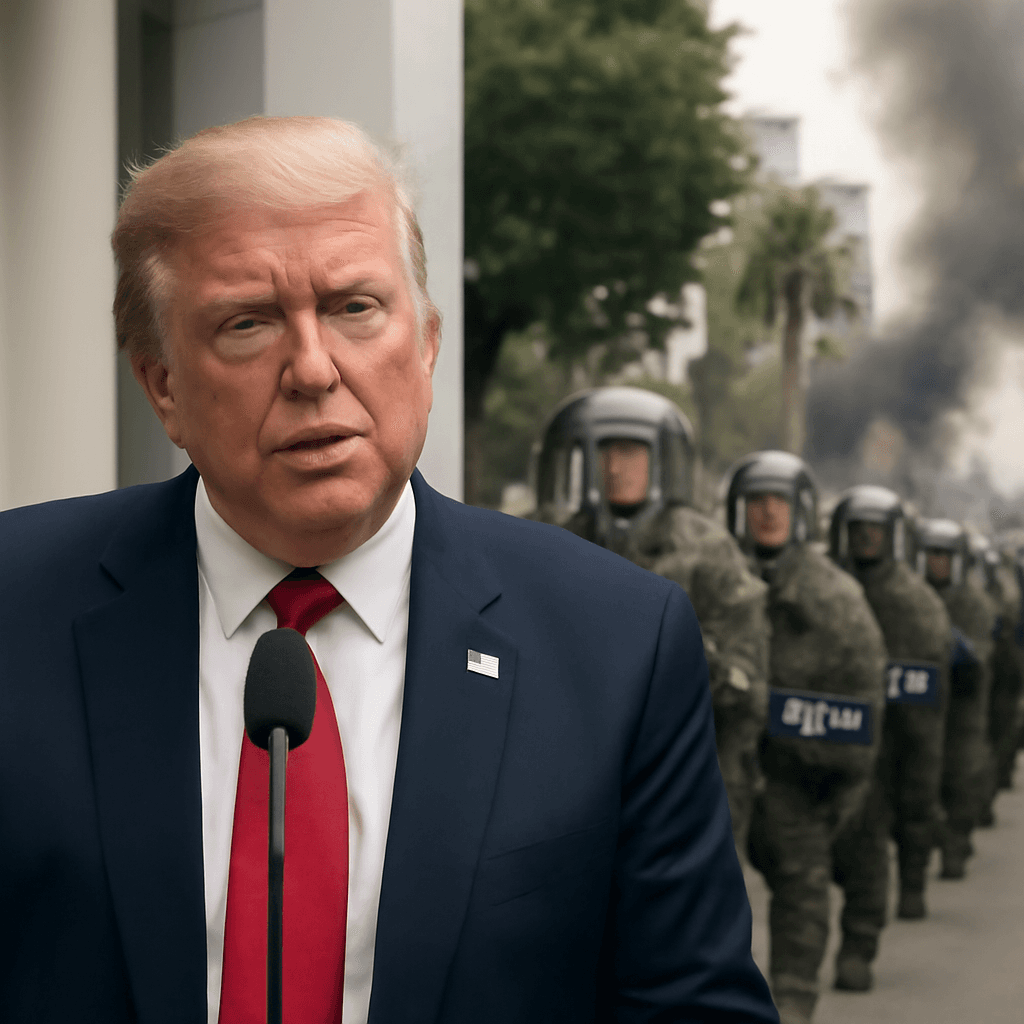A Remarkable Drop in Extreme Poverty in India
Recent data reveals a monumental achievement for India: the country’s extreme poverty rate has plummeted from 27.1% in 2011-12 to just 5.3% in 2022-23. This sharp decline has lifted nearly 270 million people out of dire poverty over the past decade, signaling significant progress in economic and social development.
Understanding the Impact of Updated Poverty Lines
The remarkable drop coincides with a recent update to the international poverty thresholds set by global economic standards. The international poverty line for low-income countries was raised from $2.15 to $3 per person per day, while for lower-middle-income countries (LMICs) it increased from $3.65 to $4.20, and for upper-middle-income countries from $6.85 to $8.40. These adjustments reflect inflation and changing costs of living worldwide.
Factoring India’s inflation between 2017 and 2021, the revised low-income poverty threshold of $3 translates to a 15% higher benchmark compared to $2.15 in 2021 prices, yet India’s poverty rate still stands at a remarkably low 5.3% for 2022-23.
How Different Poverty Lines Affect India’s Statistics
- Using the updated $3 threshold for low-income countries, extreme poverty fell from 27.1% to 5.3%.
- Employing the LMIC threshold of $4.20, poverty is higher but still down from 57.7% in 2011-12 to 23.9% in 2022-23.
- The number of people in extreme poverty declined from 344 million to about 75 million based on the stricter $3 benchmark.
- Under the LMIC poverty line, the figures dropped from 732 million to approximately 342 million.
Drivers Behind This Progress
Several factors have fueled this sweeping poverty reduction in India:
- Free and subsidized food schemes: Extensive food transfers have eased basic living costs, especially in rural areas.
- Narrowing rural-urban poverty gap: Rural poverty dropped from 18.4% to 2.8%, while urban poverty decreased from 10.7% to 1.1%, shrinking the gulf between rural and urban populations.
- Economic growth and improved surveys: Enhanced data quality from household surveys reflects a clearer picture of welfare improvements across socioeconomic groups.
Regional Distribution and Ongoing Challenges
The five most populous states in India account for over half (54%) of those still living in extreme poverty, highlighting uneven progress across the nation. While the overall poverty rate has declined sharply, there remain vulnerable populations who face risks of falling back into poverty due to unforeseen life events.
A Nation Moving Up the Economic Ladder
India’s transition into the lower-middle-income category is evident with declines in poverty rates under the $3.65 LMIC line—from 61.8% in 2011-12 to 28.1% in 2022-23. Rural poverty saw a significant drop from 69% to 32.5%, and urban poverty from 43.5% to 17.2%, reflecting a 7% annual reduction. This progress underlines the nation’s strides toward more inclusive growth.
Looking Ahead: The Road to Eradicating Poverty
The updated figures provide a much-needed boost to policymakers, validating the impact of ongoing social welfare programs and economic reforms. While the battle against poverty isn't over, the data showcase India’s capacity to uplift millions and narrow disparities. Continued focus on robust data collection and targeted interventions will be key to sustaining this momentum.
Summary
India’s extreme poverty rate has sharply fallen over a decade despite rising global poverty thresholds. Millions have escaped poverty due to economic growth, effective social programs, and improved data tracking. The narrowing rural-urban divide and India’s shift into lower-middle-income status mark hopeful trends toward ending extreme poverty.

